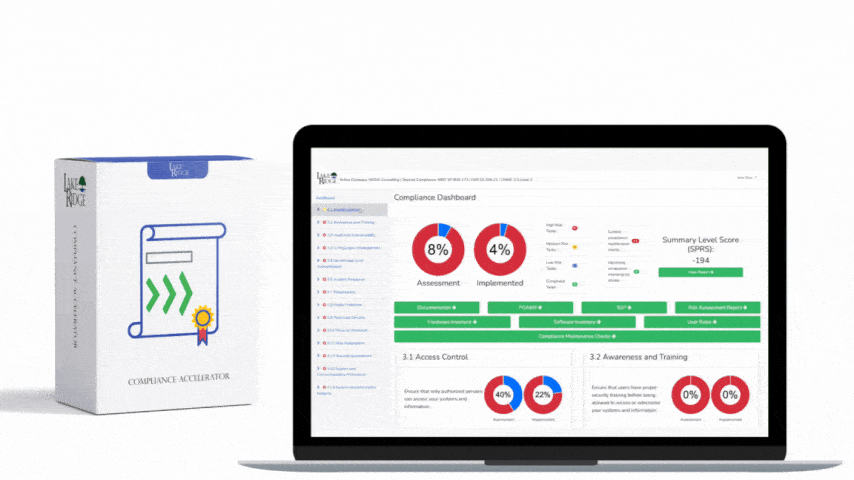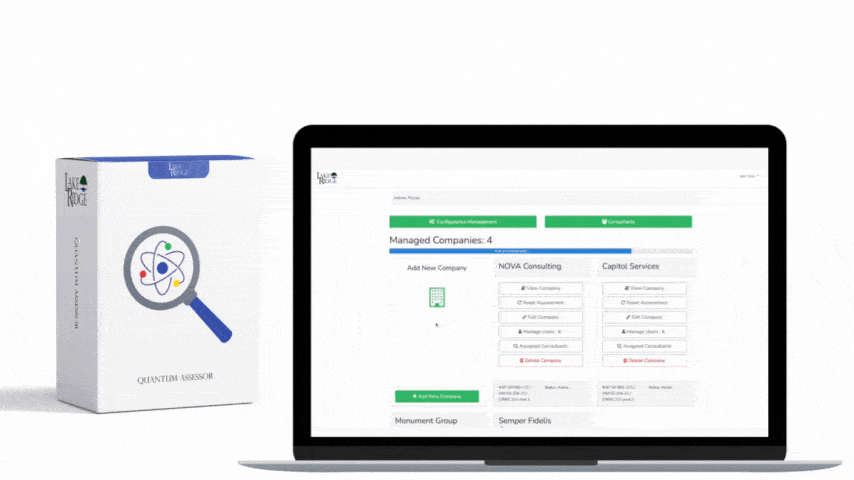Email standards for HIPAA compliance necessitate that covered entities and business associates adopt various measures, including access controls, audit controls, integrity controls, ID authentication, and transmission security mechanisms. These measures serve the purposes of restricting PHI access, monitoring communication of PHI, maintaining the integrity of PHI at rest, ensuring full message accountability, and safeguarding PHI during transit.Furthermore, if PHI is stored in emails, covered entities and business associates must implement an email retention system that enables them to promptly respond to access requests and Accounting of Disclosure requests from individuals, as mandated by the Privacy Rule (currently within 30 days). Some sources suggest that encryption alone is sufficient for ensuring HIPAA compliance in email communications. However, it is essential to note that the HIPAA email rules encompass more than just encryption. Encryption alone cannot fulfill requirements such as the audit control that monitors how PHI is communicated, or the ID authentication that ensures message accountability.
HIPAA Email Encryption Compliance Obligations
The rules under HIPAA regarding email state that if a message contains ePHI (electronic protected health information) and is being sent outside of a secure internal email network (beyond the firewall), it must be secured during transit. Encryption is one method of ensuring HIPAA compliance for email, as it prevents unauthorized access to the contents of intercepted messages and the disclosure of ePHI. It is worth noting that while encryption is not explicitly required under the HIPAA Security Rule for data at rest (stored data), it is still an important consideration. If encryption is not used, alternative measures that offer an equivalent level of protection must be implemented. This applies to both data at rest and data in transit. The decision to use encryption or an alternative safeguard should be based on a risk analysis, considering the potential threats to the confidentiality, integrity, and availability of ePHI transmitted via email. A risk management plan should be developed and the chosen safeguard should reduce the risk to an appropriate level. This decision and any alternative measures implemented should be documented. In the event of a HIPAA audit or compliance review, the Office for Civil Rights (OCR) of The Department of Health and Human Services (HHS) may require evidence that encryption was considered, the reason for not using it, and the alternative safeguard chosen. It is important to note that not all forms of encryption offer the same level of security. The specific encryption method is not specified under HIPAA in order to account for advances in technology. Therefore, it is recommended to consult the National Institute of Standards and Technology (NIST) for up-to-date guidance on encryption. As of now, NIST recommends the use of Advanced Encryption Standard (AES) in either 128, 192, or 256-bit encryption. It is vital to regularly check for any updates in NIST's guidance before implementing encryption for email. Organizations can refer to SP 800-45 Version 2, published by NIST, to assist in securing their email communications.
Additional Email Regulations for HIPAA Compliance
According to the HIPAA Security Rule, covered entities must meet certain requirements when communicating with patients via email. The Department of Health and Human Services (HHS) issued guidelines in 2008 stating that if a patient initiates communication with a healthcare provider through email, the provider can assume that email communication is acceptable to the individual. However, the reverse is not true. If the provider believes the patient may not be aware of the potential risks of using unencrypted email or has concerns about potential liability, they can inform the patient of these risks and allow the patient to decide whether to continue email communication.Individuals have the right, under 45 CFR §164.522(b), to request how healthcare providers communicate with them. To comply with HIPAA, healthcare providers should inform all patients about the risks of using unsecured email communication, obtain the patients' consent before communicating via email, and keep a record of both the warning and consent. This approach not only ensures compliance with HIPAA regulations but also reduces the likelihood of patient complaints.
The Significance of Email Encryption: Why is it Essential?
Encrypting emails is crucial as unencrypted ones are transmitted in plain text from the sender to the recipient. Along the way, these emails pass through different servers where they can potentially be accessed by man-in-the-middle attacks, just like how email filters examine messages for spam. To protect the confidentiality of PHI, it is essential to encrypt emails, rendering them unreadable to any individual or technology.
Do we need consent to transmit PHI via email?
While it is not required, it is highly advised to obtain consent before sending patients' Protected Health Information (PHI) via email. According to guidance from the Department of Health and Human Services (HHS), when patients provide their email address to a healthcare provider or initiate communication through email, their consent is implied. Nevertheless, individuals must be informed about the potential risks associated with transmitting PHI via email and this warning should be properly documented. In any other circumstances, it is necessary to seek explicit consent before sharing patients' PHI via email.
Does email comply with HIPAA regulations?
When it comes to emailing sensitive patient information, it is important to ensure that all necessary measures are taken to protect patient privacy. In order for email to be considered HIPAA compliant, certain safeguards must be in place to guarantee the confidentiality, integrity, and availability of protected health information (PHI). This includes signing a Business Associate Agreement with the email service provider and providing proper training to staff members on email best practices to minimize the risk of any misdirected emails. Furthermore, it is recommended to obtain written consent from the patient or plan member before sending any PHI via email.
What dangers are associated with transmitting PHI via email?
In addition to the possibility of unencrypted emails being intercepted, there are various risks associated with communicating PHI (Personal Health Information) via email. For instance, if a patient's mobile phone is left unattended, their family members might have access to the emails intended for the patient. Similarly, if an email is sent to a work email address, it could potentially be viewed by colleagues. Depending on the nature of the email's content, this may be perceived as a violation of individuals' rights if consent has not been obtained.
Is it necessary to sign a Business Associate Agreement with my email service provider?
It is necessary to establish a Business Associate Agreement (BAA) with your email service provider due to their continuous access to electronic Protected Health Information (ePHI), even when emails are encrypted. It's important to note that not all email services are willing to sign a BAA. For instance, most free services will require you to upgrade to a business email service before entering into a BAA.
What are the regulations regarding HIPAA email rules for accessing and maintaining message accountability?
The email regulations outlined by HIPAA, specifically regarding access and message accountability, are spread across the Administrative and Technical Safeguards of the Security Rule. These safeguards encompass various measures such as unique user identifiers, monitoring of logins, generation of access reports, automatic log-off, encryption, email backup/archiving, and the revoking of credentials when an employee departs from the workforce.
What kind of training is necessary for employees concerning email compliance with HIPAA?
In regards to the necessary training for employees on HIPAA compliance for email, as well as email fundamentals like verifying the correct email address before sending, it is crucial to emphasize that even when emails are encrypted, the email's content must adhere to the Privacy Rule standards on permissible uses and disclosures, as well as the Minimum Necessary Rule.
What are the email requirements under the HIPAA regulations?
According to guidance from the Department of Health and Human Services (HHS), there are certain requirements for emailing Protected Health Information (PHI) under the Health Insurance Portability and Accountability Act (HIPAA). These requirements include implementing reasonable safeguards for the privacy of PHI, adhering to the minimum necessary standard, and ensuring that the transmission of electronic PHI aligns with the Security Rule.While the HHS guidance does not explicitly mention the need for a Business Associate Agreement with an email service provider, it is considered one of the most vital requirements under HIPAA whenever emails containing PHI are sent to any recipient.
Is it necessary for all emails to include a HIPAA compliance email disclaimer?
Emails may contain a HIPAA compliance email disclaimer, but it does not exempt the sender from a HIPAA breach if an email containing protected health information (PHI) is mistakenly sent to the wrong recipient. Therefore, while an email disclaimer can provide some reassurance to legitimate recipients about an organization's adherence to the privacy and security regulations, it holds no significant value beyond that.



